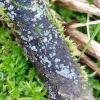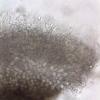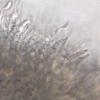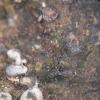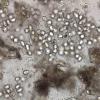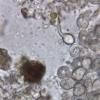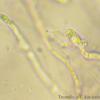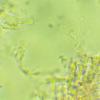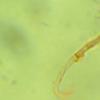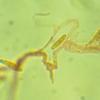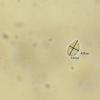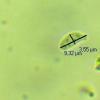
07-01-2026 10:24
 Danny Newman
Danny Newman
Pezicula sp. on indet. hardwood Appalachian Highl

09-01-2026 17:41
Arnold BüschlenHallo, F. dilatata wird von vielen Bryoparasiten

09-01-2026 10:08
 Blasco Rafael
Blasco Rafael
Hola, en el mismo habitat que la anteriorRetamaDia

08-01-2026 21:22
 Blasco Rafael
Blasco Rafael
Hola, He recogido esta muestra de Orbilia sobre Re

07-01-2026 22:22
 Danny Newman
Danny Newman
Tatraea sp. on indet. hardwood The Swag, Great Sm

07-01-2026 17:29
 Marc Detollenaere
Marc Detollenaere
Dear Forum,On a barkless Populus I found some smal

10-11-2021 17:33
 Riet van Oosten
Riet van Oosten
Add-on topic http://www.ascofrance.com/forum/7059

07-01-2026 10:05
 Danny Newman
Danny Newman
cf. Chaetospermum on XylariaCosby Campground, Grea

02-01-2026 17:43
MARICEL PATINOHi there, although I couldn't see the fruitbody, I
While microscopically examining some fruiting bodies on wood that I could identify as Mollisia fusca, I observed two strange phenomena ... I don't know if there is a connection between the two.
1) After taking photos of asci, paraphyses and spores of the mollisia (photo 1a), I found where normally the hymenium is, conidiogenic structures with lacrymoid conidia 9 x 2.7 µm) (photos 1b-1c):
2) Three days later, the hymenium of most of the fruiting bodies (photo 2a) was seemingly gone or heavily affected by presumably a parasite? Conidia globose to amygdaliform with sometimes a kind of pedicel: 11-15 x 7-9 µm.
Does anyone have experience with these phenomena or perhaps a possible cause.
Many thanks for any information,
François Bartholomeeusen

Dear Zotto,
Thank you for your quick reply. A "chytrid" is unknown to me, and does that refer to 2) the "conidia" 11-15 x 7-9 µm
Warm regards,
François

here are some Danish records of chytrids:
https://svampe.databasen.org/observations/10259245
https://svampe.databasen.org/observations/10256834


Thanks, while I was formulating my reply you already delivered the publication ... "faster than his own shadow !!!"
To Thomas,
many thanks the pictures in the link Chytridiomycota are identical to mine point 2)
To Zotto,
I now have a lot to think about and study. Browsing through your "Ascomycetes illustrations" I found my own photos of the item on Ascofrance with this link: http://www.ascofrance.com/search_forum/45936
I think I can say on behalf of many Ascofrance nembers that we are very grateful to you for making your wealth of information freely available. Thanks again!
François

a few days ago I met the alleged Tremella discicola on some Pyrenopeziza sp. (?) on a blade of grass. If my guess is correct, perhaps it is a complex of species specialized for different hosts? By no means the spores in my collection are not globose.
Regards - Przemek
here is an example of a hitherto undescribed Syzygospora sp. hosted by what I have been able to determine is Hymenoscyphus scutula:
https://www.bio-forum.pl/messages/33/1035877.html
Forgive me everyone, I know this forum is about Ascomycetes, but as you know many species of "Heterobasidiomycetes" are closely related to ASCO. :-)
Przemek


